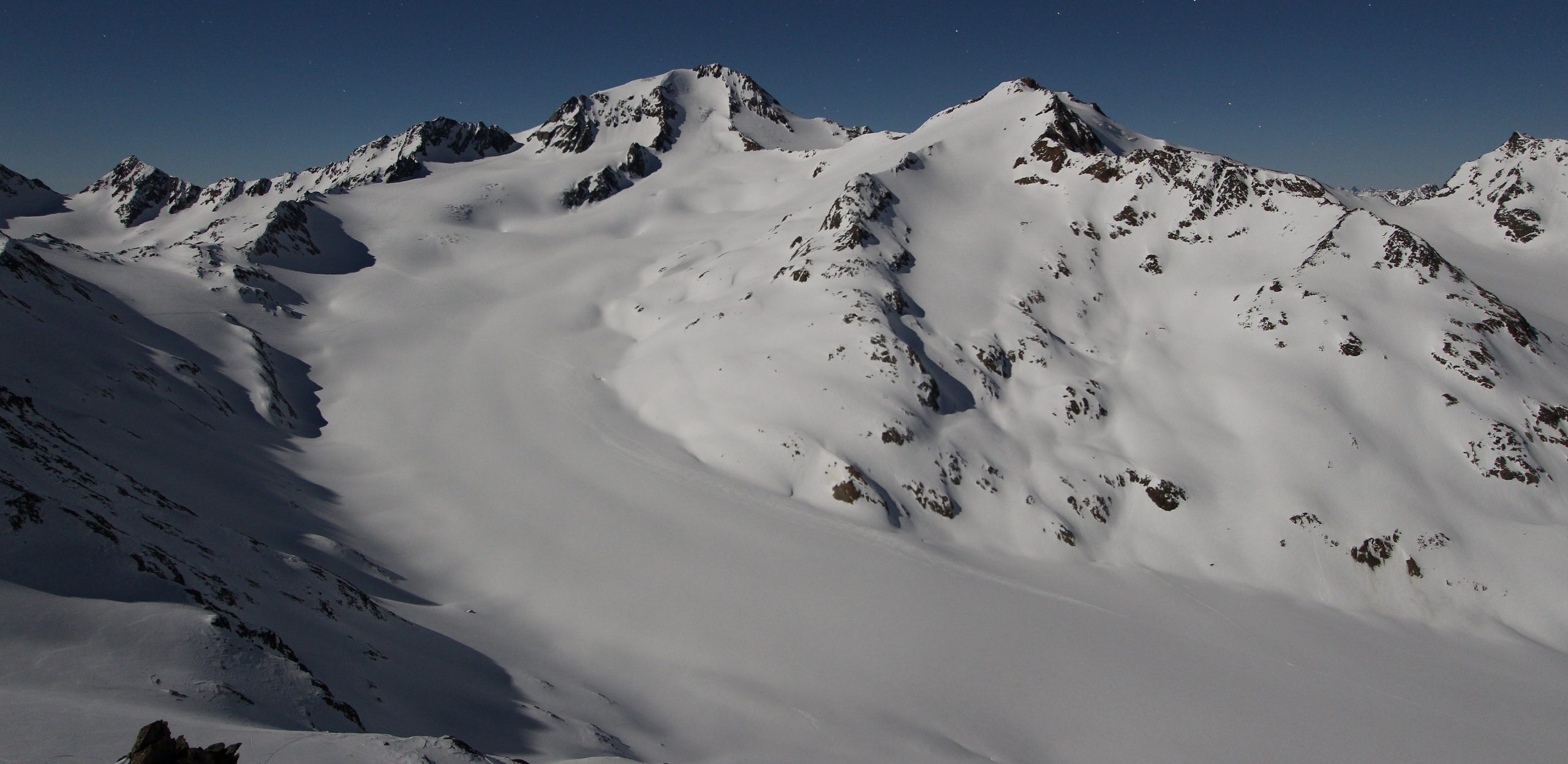
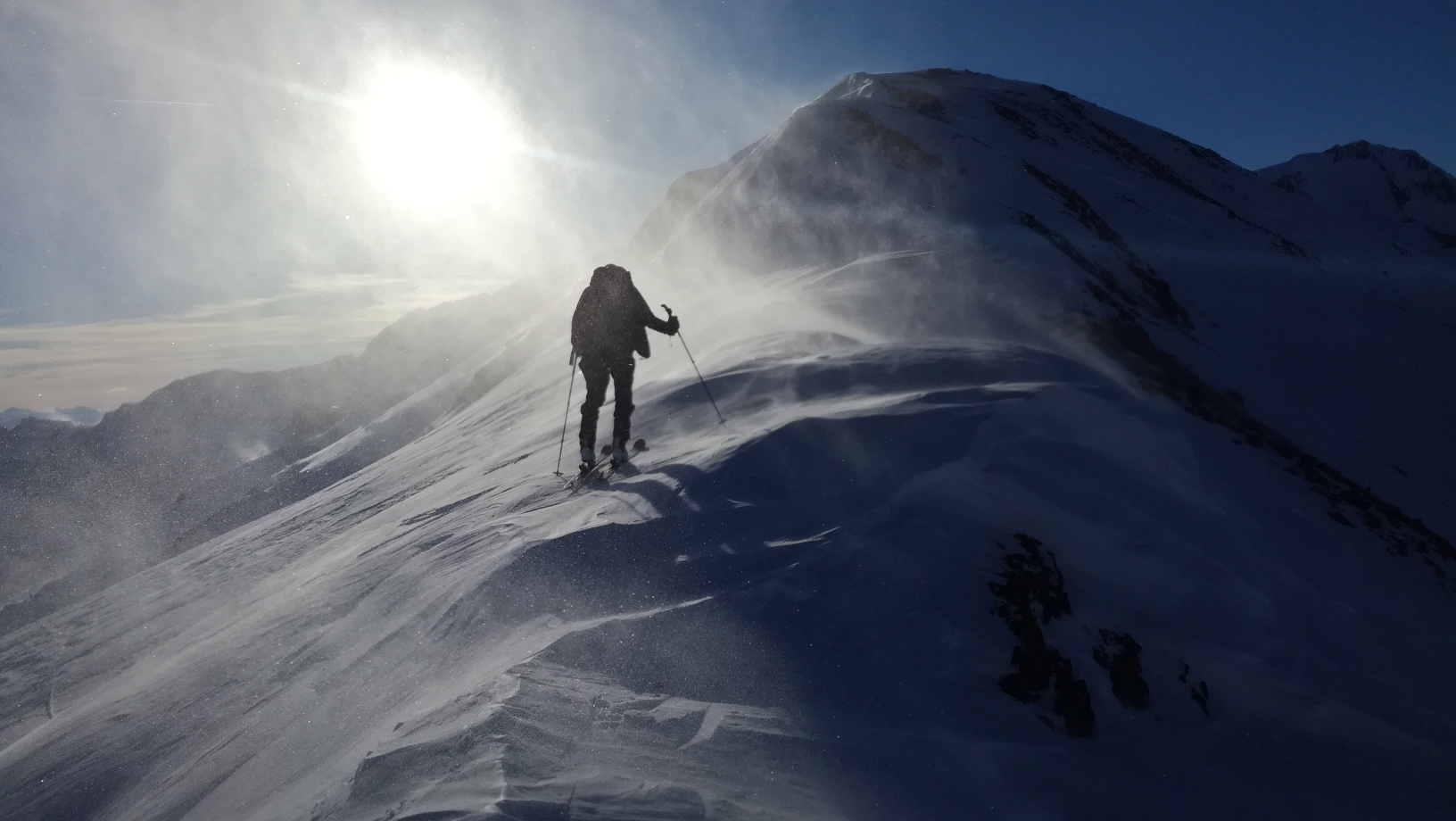
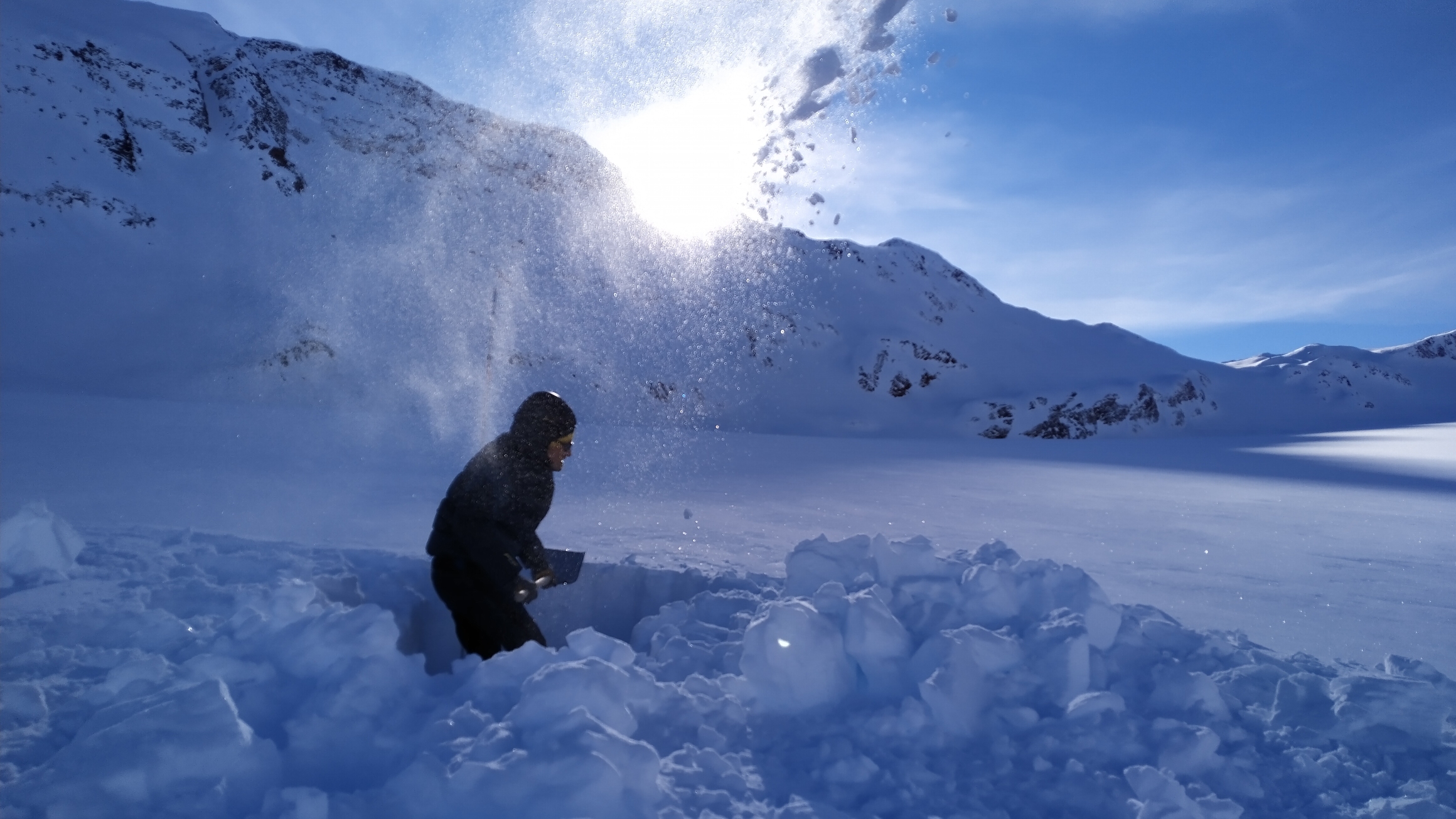
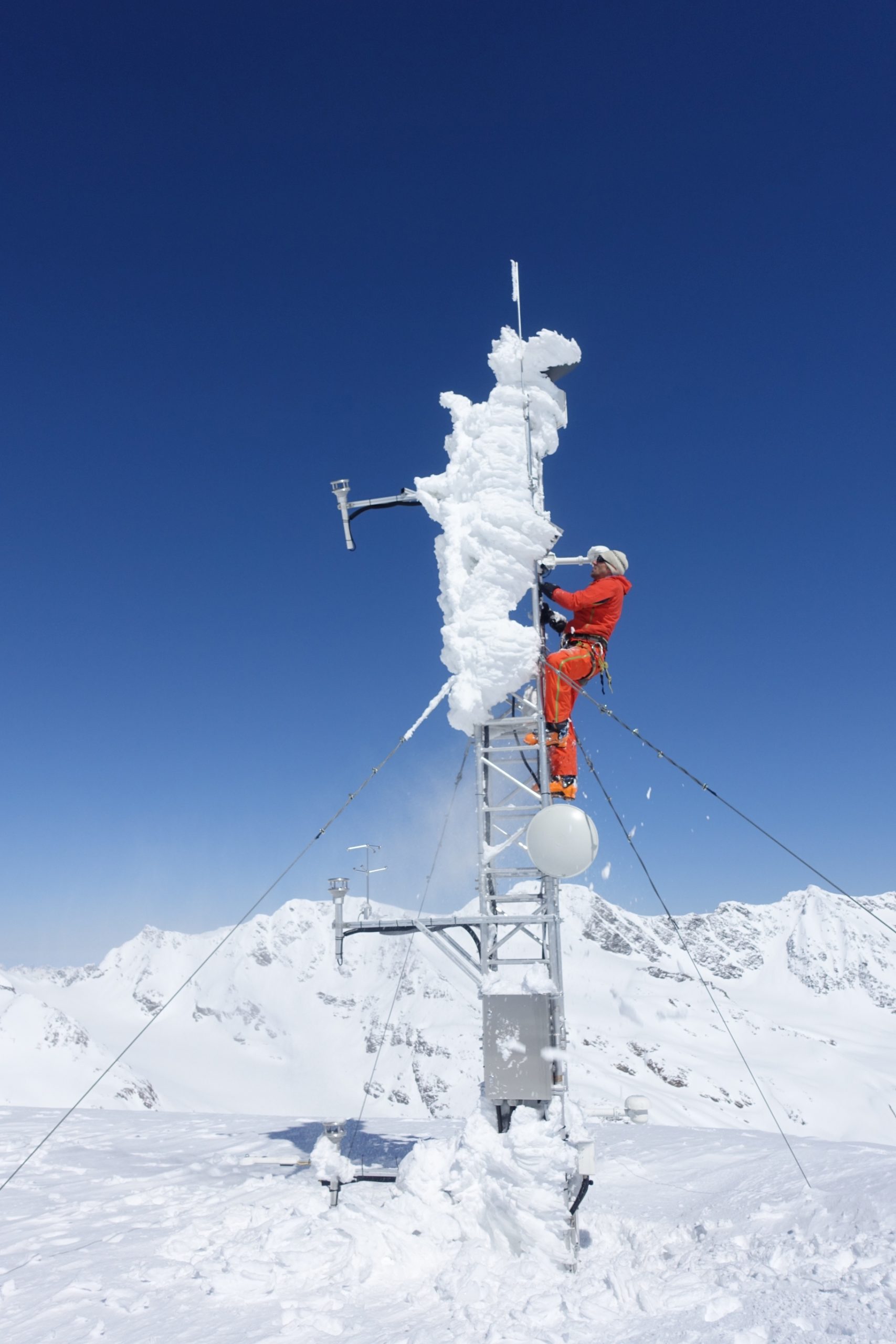
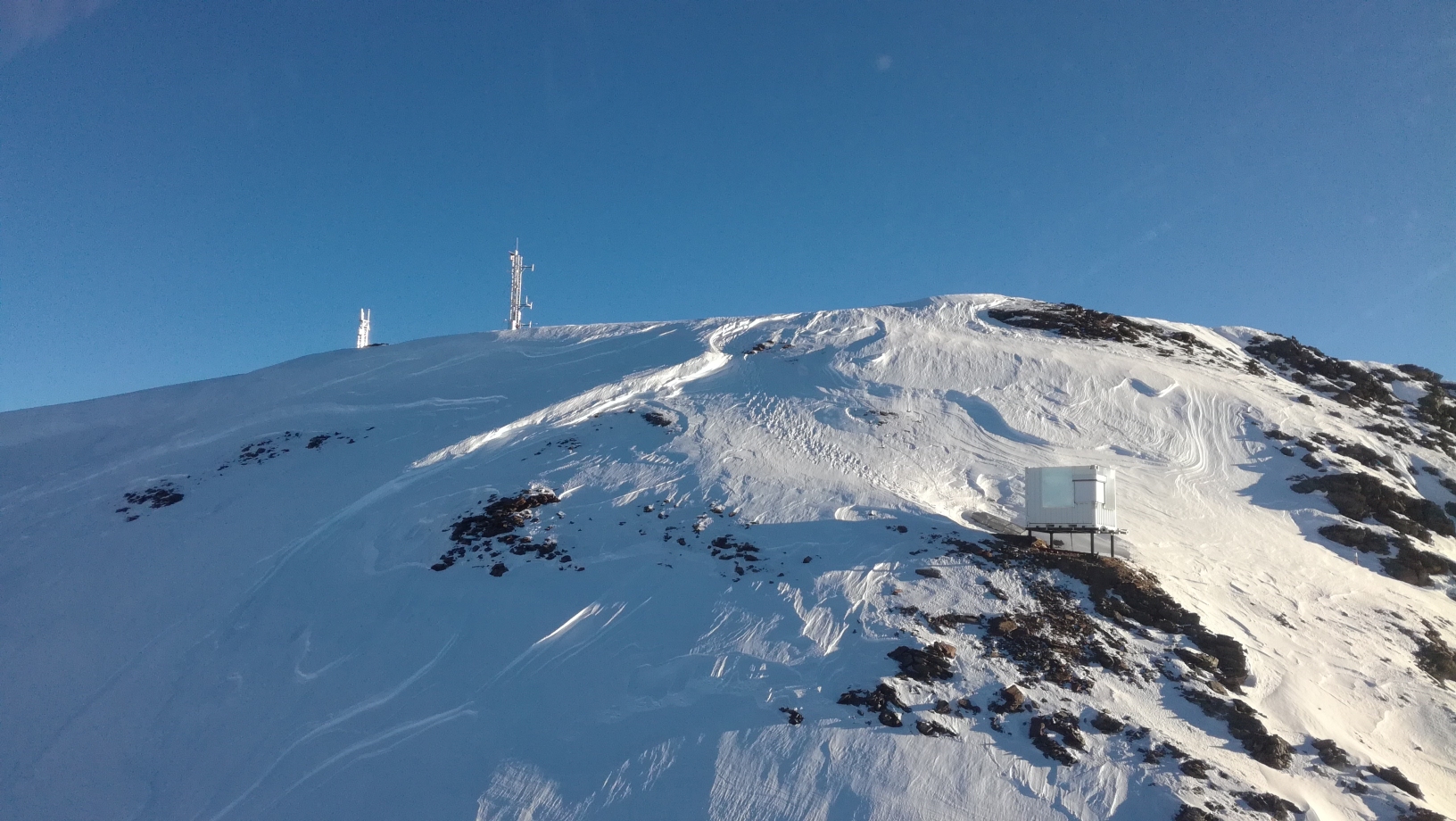
an international research project dealing with snow cover dynamics and its influence on the mass balance of mountain glaciers
Objectives
Impacts
The aim of the proposed research is to exploit this potential and significantly improve the treatment of snow cover dynamics in glacier mass balance research. We propose to combine high-resolution measurements and modeling of surface height change, precipitation, wind fields and transport mechanisms as well as snow density and albedo changes, and surface energy balance in order to develop new model tools for overcoming a series of present-day shortcomings. A resulting model chain will explicitly consider the involved scales, and describe the processes from the generation of snow fall in the atmosphere to the glacier-wide mass balance. In the end, we will perform quality and sensitivity analyses to assess the impacts of the snow cover dynamics on the mass balance of a glacier.
We emphasize that – due to the physical, process-resolving approach – the model chain is intended to become transferrable to any point in space and time without changing the proposed model architecture. Hence, the application on other glaciers as well as for regional or even global upscaling of mass balance shall become possible, provided the input variables are available. The resulting model tools as well as the obtained measured and calculated data series will be provided to partners in other projects and to the wider community on an open platform for application as well as for model intercomparison experiments.
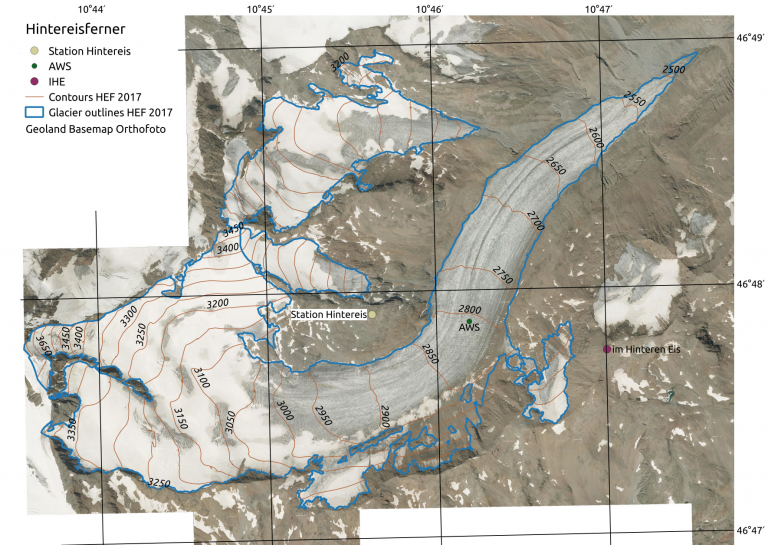
Funding
About Hintereisferner
SCHISM is co-funded by the FWF (XXX) and the DFG (SA 2339/7-1). The project started in 2018.
Hintereisferner (46.79°N, 10.74°E) is a valley glacier in the Austrian part of the Ötztal Alps, ranging from 3720 to 2456 m a.s.l. Its area shrunk from 10.24 km2 in 1952 to 6.66 in 2016, its mass by 39 m w.e. (Link).
Having a long history in glacier research including length change records and a series of topographic maps dating back to the 1870s, and the world-wide third longest continuous mass change record, starting in 1952/53, Hintereisferner has also become subject of intensive air-born laser scan based studies since 2001. A permanent Terrestrial Laser Scanner (TLS) and a 5 m flux tower have been installed at ‘im hinteren Eis’ in September 2016 and successfully tested since.